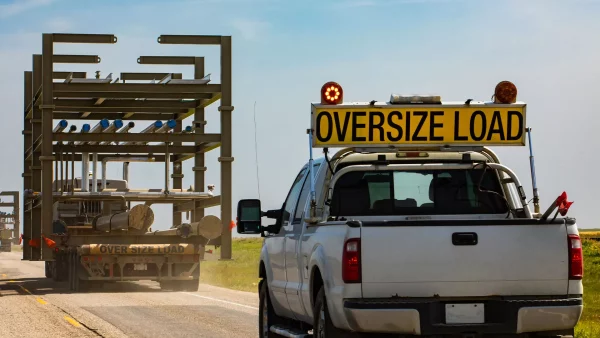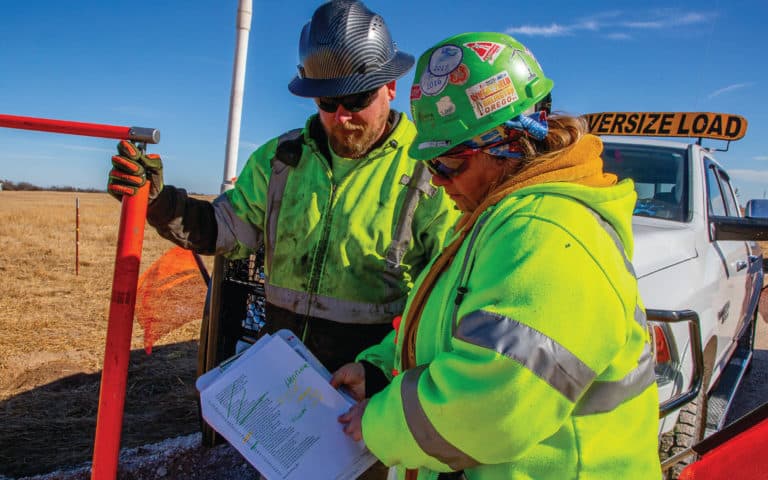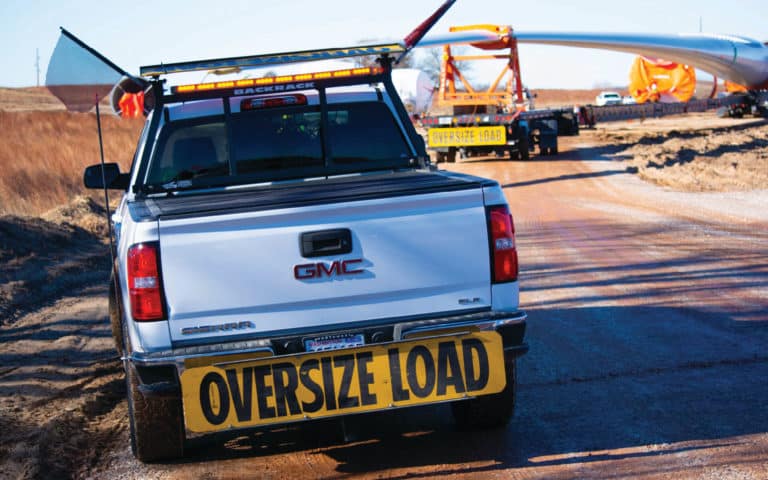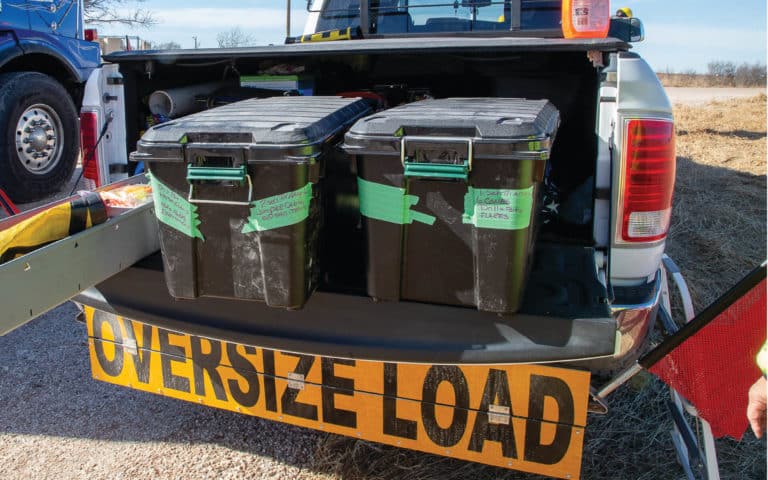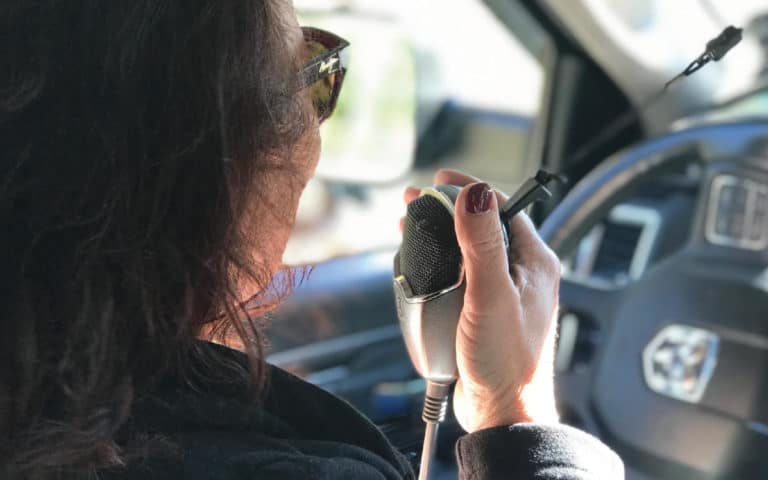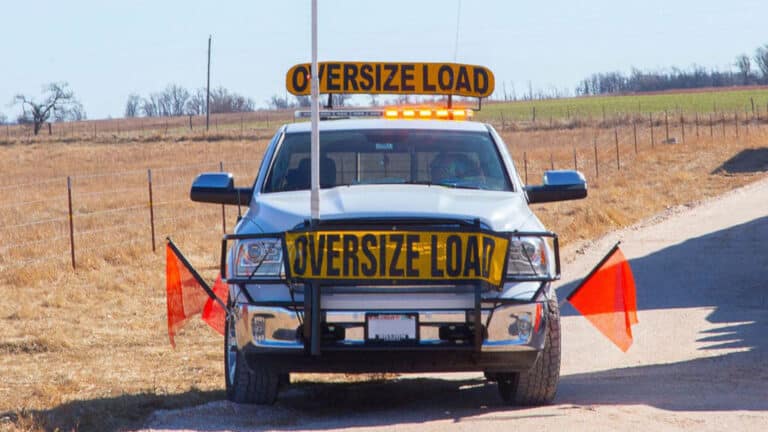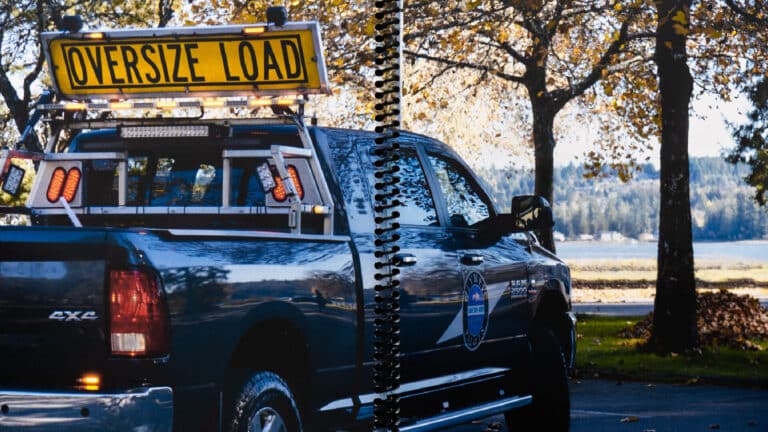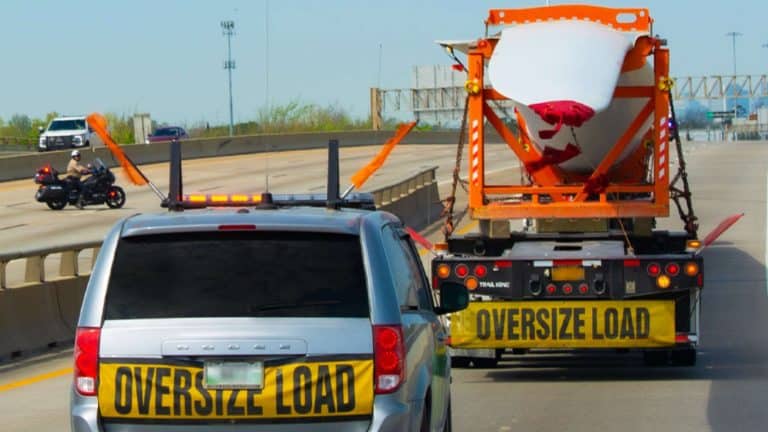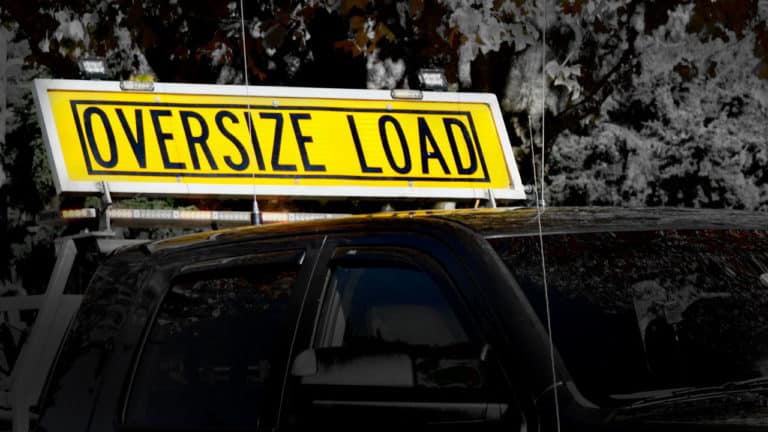As long as your certification is valid, you may order a replacement card by filling out this form. There is a $20 fee. Note that many of our certification cards are printable, meaning that you receive a PDF copy of your card upon course completion, which you are welcome to print and keep in your wallet. We also recommend saving the PDF on your mobile device.
Pilot Car courses
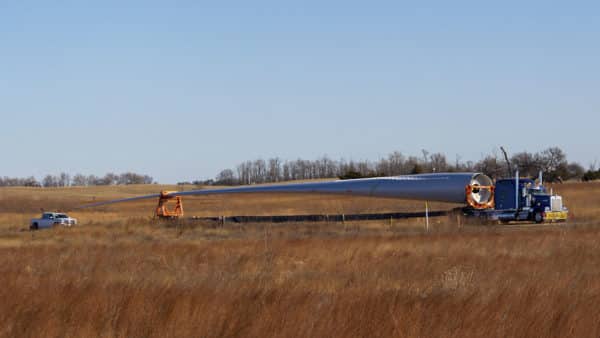
WITPAC certification | Blended course
Take your career to the next level with WITPAC (Wind Industry Transportation Professional Advanced Certification). Our convenient and effective online course combines self-directed and live online training. In-person classes are also available at select locations.
